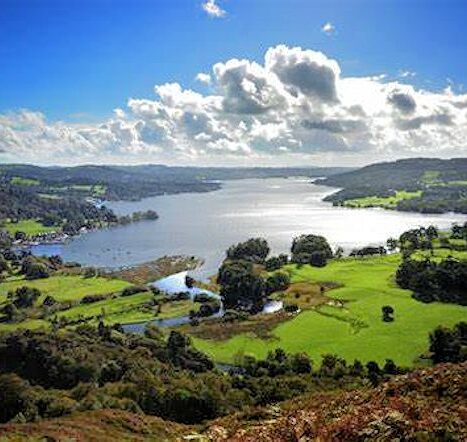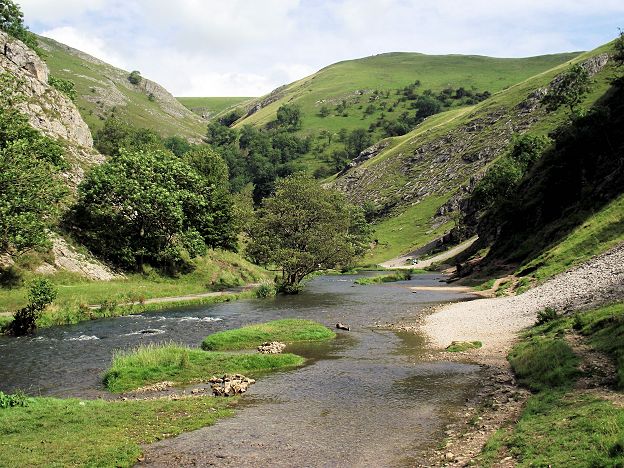
The north hills of England, the most beautiful and fascinating places that you can’t miss at all.
Poetry is the spontaneous overflow of powerful feelings: it takes its origin from emotion recollected in tranquility.
William Wordsworth, Lyrical Ballads
Location is everything, I’d rather camp in the Lake District or Scotland than sit in a five-star hotel in Frankfurt.
Rory Bremner
My favourite pool is located in a remote valley in the eastern Lake District, surrounded by vine-hung cliffs and slippery boulders. It has a torrential sheet waterfall at one end and is almost black in colour, so it appears bottomless, a portal to nowhere.
Sarah Hall
You may leave the Lake District, but once you’ve been, it’ll never leave you…
Anonymous
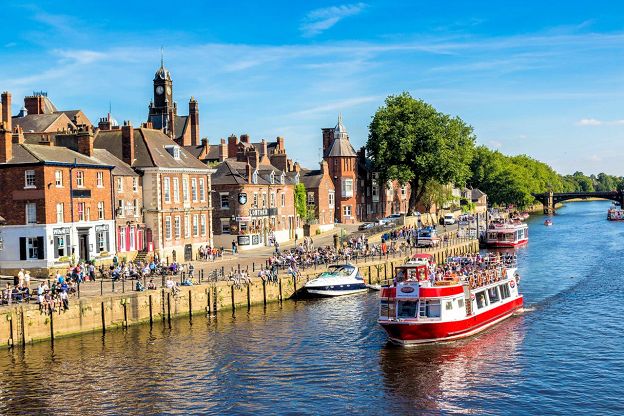
The north of the country is often neglected by visitor, to England. This is unfortunate: it is a fascinating region, full of contrasts and fascinating places. True, it was the home of the Industrial Revolution and this has left its mark, but in spite of this, much of the northern landscape was unaffected and it is in these areas that one can find some of England’s most enchanting scenery. Surprisingly, many of the English themselves are unaware of this. Whatever one’s prejudices about English food, a meal in this part of the world will put pay to them.
In the north one can eat good food: the rivers of Lancashire and Cheshire provide some excellent salmon and the Vale of Lune is renowned for its smoked trout. Over in Yorkshire one can taste the real version of the great English Sunday lunch of Roast Beef and Yorkshire Pudding. The region boasts some fine cheeses. Cheshire is based on a recipe that was first used (as far as we know) in the twelfth century. Lancashire is somewhat sweeter and goes well in a Ploughman’s Lunch (for which read bread and cheese), washed down with a good pint of beer. Yorkshire also has some fine cheeses, of which Wensleydale is the tastiest.
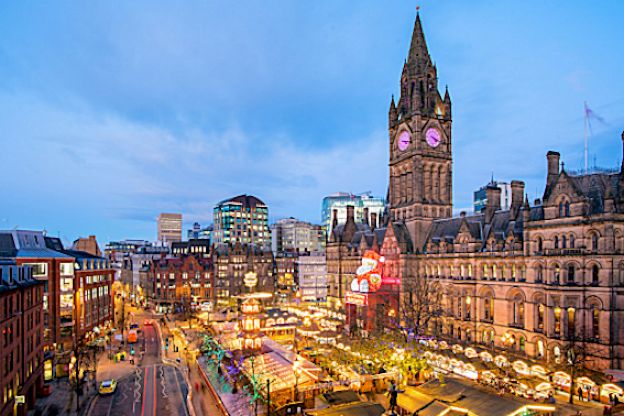
Manchester
For those of you who are interested in the history of the Industrial Revolution, Manchester is the place to go. Although the city isn’t renowned for its beauty, Manchester has played a key role in the history of England. Many of the technological developments are documented in The North-Western Museum of Science and Industry. The city also boasts a fine art gallery with six branches. One of the most interesting is the Gallery of English Costume which is housed at the Georgian mansion of Platt Hall in Rusholme. It has a fine display of costumes from the seventeenth century up to the present day.
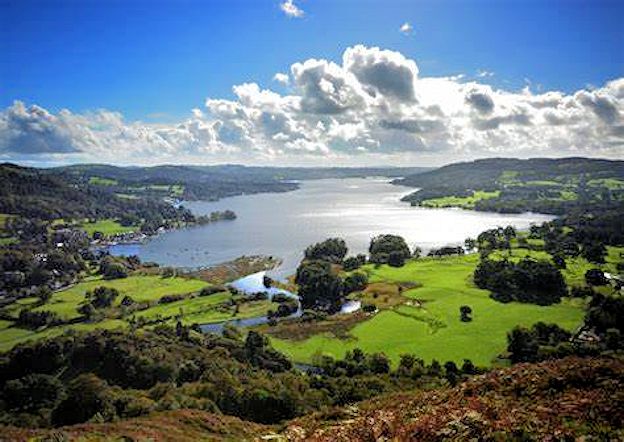
Lancashire
Lancashire and what is now Merseyside have some 150 miles (240 kilometres) of coastline along the Irish Sea. It is populated with fishing villages and seaside resorts. Although in some cases it is commercial, generally it is a pleasant area with an invigorating sea air. The most well known resorts are Fleetwood, Morecambe, Southport, Lytham St. Annes and the most lively, Blackpool. Further inland, the city of Lancaster is well worth a visit.
Founded by the Romans (the name refers to the “castrum” on the River Lune), it has a fine Norman castle dating from the eleventh century. It is a monument full of history, having been a prison for witches, madmen and swindlers in medieval times and it doubled up as a parliamentary stronghold in the Civil War.
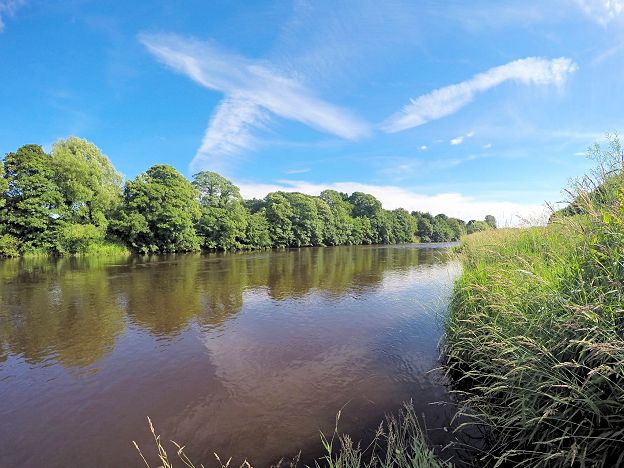
If you like fishing you can go along the River Ribble that runs through North Yorkshire and Lancashire in Northern England. It starts close to the Ribblehead Viaduct in North Yorkshire, and is one of the few that start in the Yorkshire Dales and flow westwards towards the sea (the Dee in Dentdale and the Twiss in Kingsdale being notable others).
The Lake District
The loveliest spot that man hath found.
William Wordsworth
I wandered lonely as a cloud
That floats on high o’er vales and hills
When all at once I saw a crowd
A host of golden daffodils
Beside the lake beneath the trees
Fluttering and dancing in the breeze.
William Wordsworth

Further north, in the county of Cumbria, one finds some of the most breathtaking scenery in the British Isles. This is the home of the Lake District, an area of immense physical variety. Its hills, mountains, valleys and lakes have proved inspirational in English Literature. The poet William Wordsworth spent most of his life there and Southey, Coleridge and Thomas de Quincey (the author of “Confessions of an English Opium Eater”) were all frequent visitors.
The spectacular scenery provided subject matter for Turner’s paintings. Later in the nineteenth century John Ruskin, the writer, historian, architect and lover of Venice, also lived there. The Lake District was turned into a national park in 1951 and it covers an area of some 35 miles square (56 kilometres). For the more athletic among you there are some splendid walks: the really heroic can attempt Scafell Pike, England’s highest mountain at an impressive 3,210 feet (roughly 1,000 metres!).
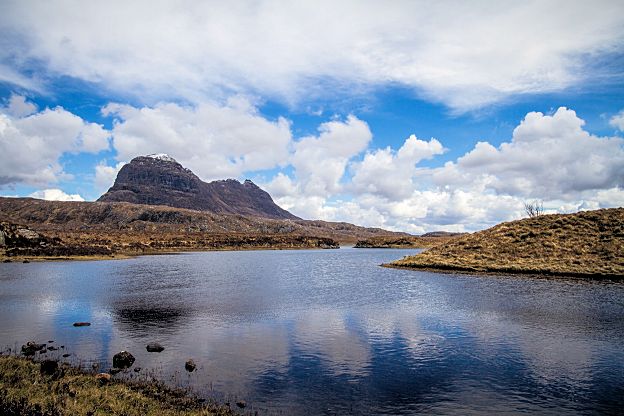
Otherwise you can see the enchanting lakes (Windermere, Coniston, Ullswater, Derwentwater, to name but four) and the literary-minded can pay homage at the homes of Wordsworth and Ruskin, for example. The best time of the year to stay in the Lake District is probably spring when Wordsworth’s beloved daffodils are out, but the area is also impressive in summer and autumn. Information about itineraries and lodgings are available from the British Tourist Authority in Rome, but one can also refer to the many guide books to England: Benn’s Blue Guide is particularly informative.
Until Britain’s county boundaries were redrawn in 1974 Yorkshire was the largest of the counties. Whereas the southern part is grey and industrial, the northern part is largely unspoilt. The city of York offers an excellent place to stay. Originally known as Eboracum, there is much to see of the Roman and Viking remains and the city retains its medieval walls and streets.
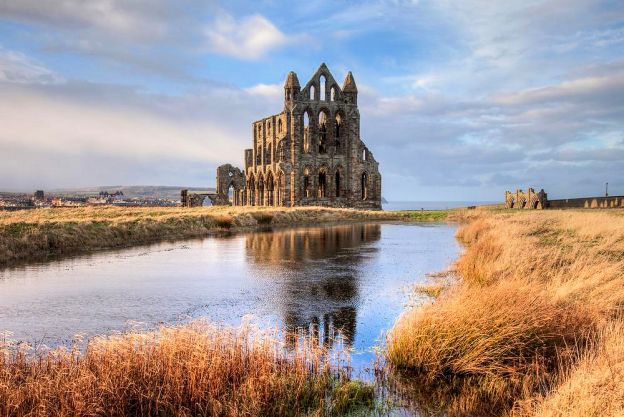
The Cathedral, Yorkminster alone justifies a visit to the city. You can use York as a starting point for excursions to other parts of the county. To the north of the city lie the eerie (strange in a frightening and mysterious way) Moors, where one can visit the ruins of Rievaulx Abbey, and to the west one can discover the delightful Dales, which offer some great walks. Wensleydale, the place as well as the cheese, is particularly recommended.
Here you can also see Whitby Abbey that was a 7th-century Christian monastery that later became a Benedictine abbey. The abbey church was situated overlooking the North Sea on the East Cliff above Whitby in North Yorkshire, England, a centre of the medieval Northumbrian kingdom. The abbey and its possessions were confiscated by the crown under Henry VIII during the Dissolution of the Monasteries between 1536 and 1545.
Since that time, the ruins of the abbey have continued to be used by sailors as a landmark at the headland. Since the 20th century, the substantial ruins of the church have been declared a Grade I Listed building and are in the care of English Heritage; the site museum is housed in Cholmley House. The abbey is a setting in Bram Stoker’s Dracula (1897). Count Dracula, as a creature resembling a large dog, which came ashore at the Whitby headland, runs up the 199 steps to the graveyard of St Mary’s Church, in the shadow of the abbey ruins. The abbey is also described in Mina Harker’s diary.
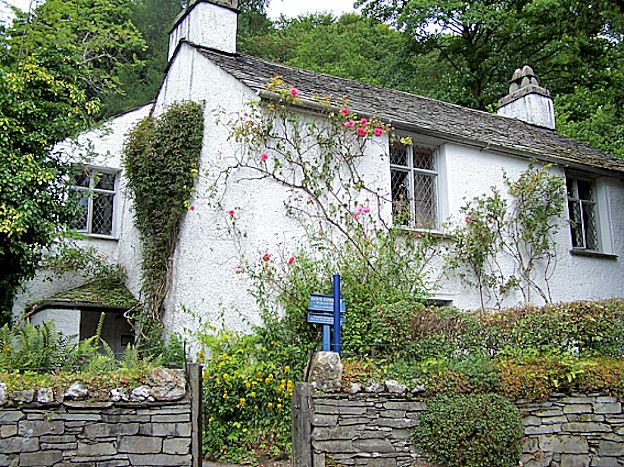
Getting There
The most practical way of reaching the north is to fly to London and then take the train or bus on to Manchester, York or wherever. The difference between the train and the coach is that whereas the train is quicker and more comfortable, it is also considerably more expensive. The journey to Manchester is some 300 kilometres.
The cheapest way of all for reaching the north is to go by train all the way from Italy. This proves particularly economical for those who have a BI.1 Eurotrain ticket which is available for people under the age of 26. The British.Tourist Authority in Italy and other European countries offers a comprehensive list of places to stay: these include hotels, bed and breakfasts and farms where one can rent a room.
Whitby
Best Of North Yorkshire By Drone 4K

